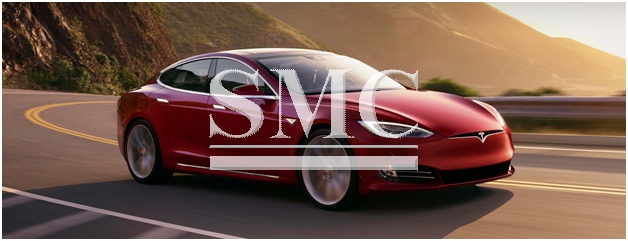
- Company overview The heart of SMC Vision & Philsophy Partnership Certifications Company culture
- Our service Design and Engineering Maintenance and Service Examine Production Line Upgrade and Transformation Storage and Logistics Processing, Trading and Distributor
- Management Our history Global responsibility Info Center
- Procurement center Internship
- Metal Steel Products Stainless Steel Products Aluminum Products Copper Products Galvanized Steel and PPGI Special Alloy Building Material
- Containers ISO Standard Container Equipment Container Storage Container Refrigerated/Reefer Container Offshore Container Container House Tank Container Container Fittings Container Trailer
- Gas Cylinder & Fire Extinguisher Cryogenic Liquid Cylinder Oxygen Gas Cylinder Storage Tank CNG Gas Cylinder LPG Gas Cylinder Hydrogen Gas Cylinder Nitrogen Gas Cylinder Industry Gas Cylinder Fire Extinguisher
- Metal Machinery Forming Machine Cutting Machine Processing Machine Bending Machine Block Machine Other Machinery Motor Spare Parts
- Mechanical Products Miscellany Mooring Equipment Marine Equipment Vehicle Industry Pressure Vessel Conveyor Belt Laser Equipment Bearing
- Electrical System Power Distribution Automation Electrical Cable Solar Power System Electric Protection System Transformer Production Line Lighting System
- Project Plastic Pipes and Pipe Fittings Fiberglass Reinforced Plastic Pontoon System
Autopilot NOT to blame for Dutch fatality
Tesla has renounced themselves from the blame of a Dutch fatality, which occurred after the driver of a Model S sedan collided with a tree at 96mph. Whilst offering their absolute condolences and providing full cooperation, Tesla have said that at no point during the journey Autopilot in operation, therefore signifying that the crash occurred due to excessive speed and human error.
Ronald Boer, a spokesman for emergency services, said in a telephone interview that firefighters did not immediately recover the man’s body because of fears that emergency service workers could be electrocuted.
“The car was so badly damaged that the firefighters could not operate its security systems,” he said.
Due to the high levels of publicity surrounding Tesla and the fact a fatality occurred in Florida last year, which was the fault of Tesla, every incident that does occur is met with its critics who are quick to point the blame at Tesla. However, Tesla can tell whether Autopilot was engaged in both fatal crashes because it collects that data from customers. Tesla uses the data to make improvements to Autopilot and other functions that are beamed to customers through over-the-air software updates.

One concern that should be taken from this incident though, is that reportedly the fire services at the scene were hesitant to rescue the body over fears of being electrocuted, the car was also reportedly damaged to such a level that the services of the Tesla vehicle were unrecognizable.
It’s understandable that such advanced technology is met with skepticism; it’s something few of us know anything about. However, critics should allow a thorough analysis of situations to take place before blaming anybody. On this occasion, it would appear Tesla have handled it to the best of their capability.
Most importantly though, RIP to the 53-year-old man who has tragically lost his life.
